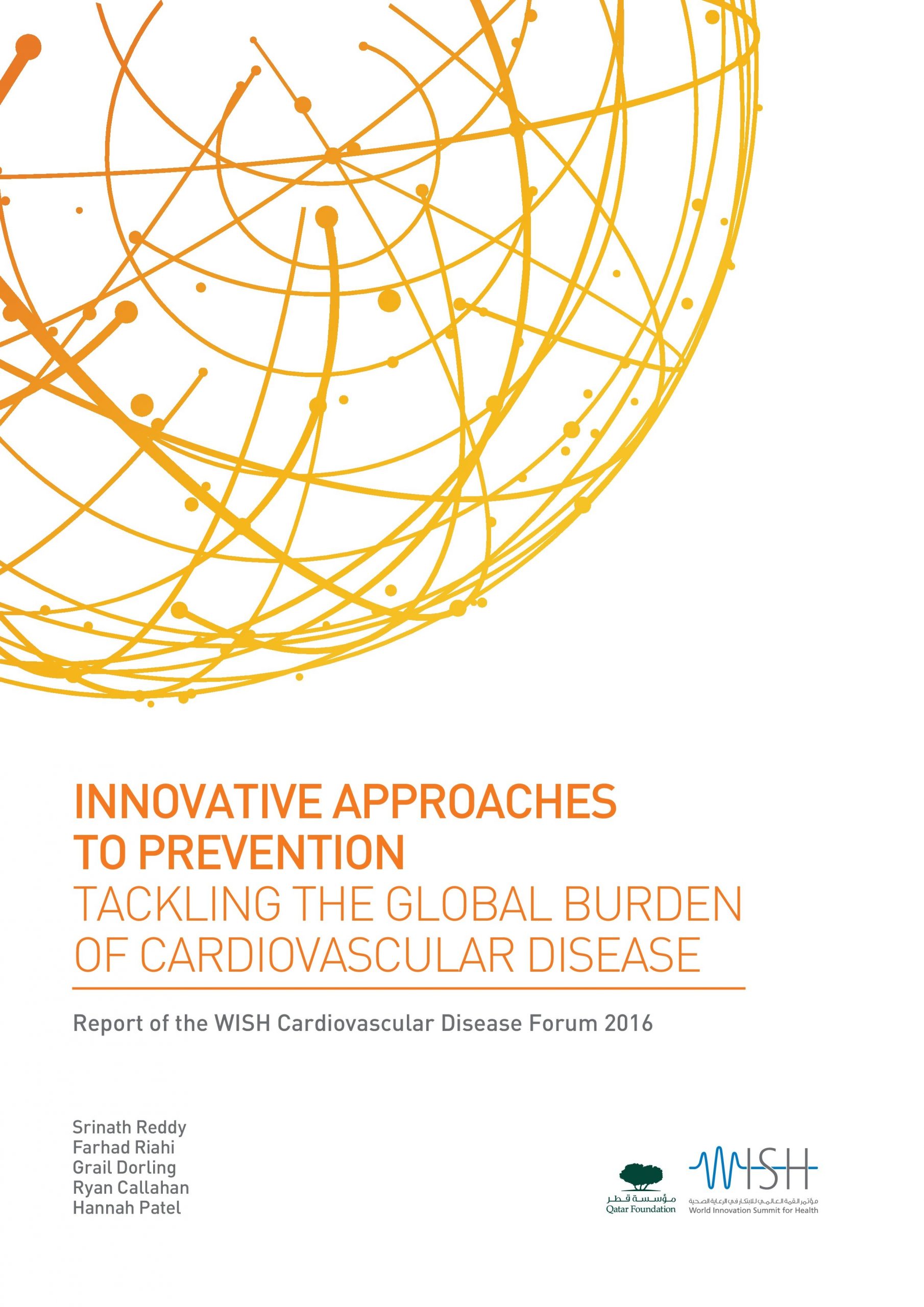Executive Summary
Cardiovascular disease causes 17.5 million deaths each year. Most of these deaths are from heart attacks and strokes, and many are premature. Although outstanding progress has been made in CVD awareness, prevention and treatment, three out of every 10 deaths this year will still be result of CVD.
The role health systems can play in reducing the impact of CVD through prevention by improving tobacco control, hypertension management and secondary prevention has been well established. However, progress in delivering the promised gains has been overwhelmed by demographic changes and progress has plateaued. For example, the basic elements of tobacco control have been widely implemented, but the number of smokers worldwide still grows each year. And although age-specific mortality rates* have declined, the number of deaths from CVD continues to rise, most quickly in the developing world. At the same time, political will to overcome the challenges is often insufficient and lacks a sense of urgency.
Meaningful improvement can still be made, and pioneers around the world are demonstrating this through innovative approaches. To extend prevention to remote places, underserved segments of society and future generations, there are at least five levers that systems can use. These are: regulatory innovation; workforce innovation; digital patient-centered technologies; public health intelligence; and behavioral economics. They are complementary and often not expensive. Aggressive anti-smoking regulations can raise revenue, and the application of behavioral economic theory has the potential to make these programs vastly more effective using the same resources. Community health workers can go where the need is greatest, delivering digital interventions to hot spots identified in accessible datasets.
Policymakers can use these new tools alongside their established policies and programs to redouble their commitment to improving CVD mortality. To meet the WHF goal of reducing CVD mortality globally by 25 percent by 2025, health systems would have to reduce prevalence of hypertension by 25 percent, reduce daily tobacco use by 30 percent, and provide secondary prevention to more than 50 percent of the eligible population. Although no country has yet achieved this ambitious goal, case studies of programs in Brazil, South Africa, India, the United Kingdom (UK) and Bhutan all provide evidence of how innovative approaches are delivering results.
Implementing new policy is difficult and there are few opportunities to do so. Each policymaker must consider the unique tradeoffs among impact, cost and feasibility in the local context. However, the innovative approaches that are described in this report are broadly applicable in a wide range of health systems. Taken together, they represent a comprehensive, next-generation response to CVD.
Cardiovascular disease is a global epidemic. It is the leading cause of mortality and morbidity worldwide, affecting all regions regardless of income. Low- and middleincome countries make the largest contribution to the burden of CVD, particularly in terms of deaths in people aged 30 to 70 years, and those figures are still rising. However, CVD deaths and disability are not inevitable and up to a quarter could be avoided with more effective strategies for primary and secondary prevention. The ‘what’ is wellknown, with a range of well-established, evidence-based and effective interventions. But knowing what to do has not proved enough to ensure effective implementation at scale. The ‘how’ still eludes us in some areas, and for some populations.
This report focuses on the role of innovative delivery models to extend the reach, accelerate the uptake and increase the impact of the most effective interventions. It provides clarity for policymakers on which areas to prioritize to achieve the most substantial reduction in CVD burden over the next 10 to 15 years, namely: hypertension diagnosis and management, tobacco control and effective secondary prevention. It highlights the evidence-based interventions that have been shown to work, and advocates their broader use. It offers innovative approaches to accelerate the implementation of these interventions and offers suggestions on how to deploy limited resources most effectively through regulatory and workforce innovation; patientcentered digital tools; public health intelligence; and behavioral insights. Finally, it proposes a strategic framework to guide the sequencing of policy at the national level to create maximum impact.

